Class 4 Maths Word Problems Chapter 11 Fun with Symmetry
Q1. A designer created a pattern using hexagons (6-sided shapes). Each hexagon had symmetry lines from every corner to its opposite corner. How many lines of symmetry are there in a regular hexagon?
Answer: A regular hexagon has 6 lines of symmetry:
3 lines connecting opposite corners (vertices)
3 lines connecting midpoints of opposite sides
All these lines divide the hexagon into two symmetrical parts.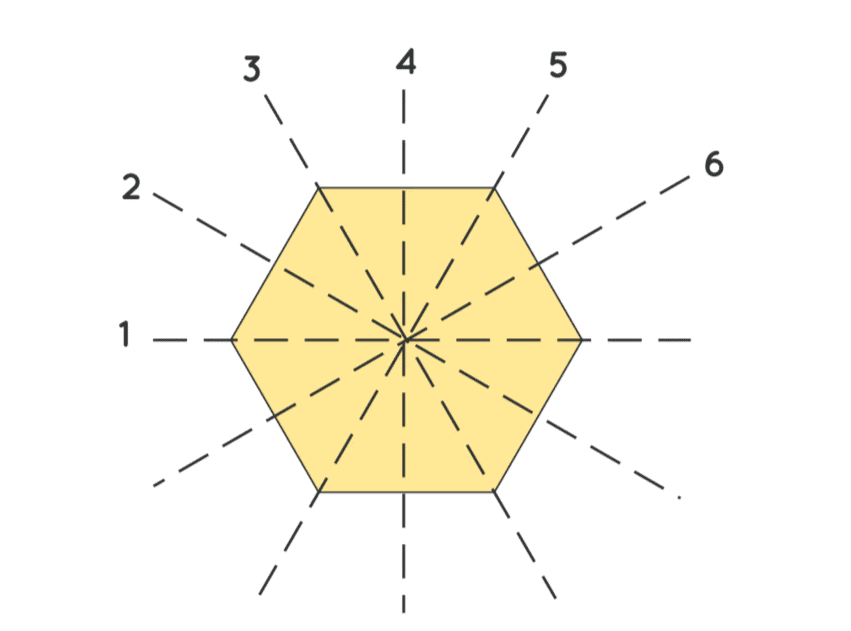
Q2. A butterfly has 2 identical wings, one on each side. If each wing has 5 red dots, how many red dots are there in total?
Answer: Each wing has 5 red dots and both wings are symmetrical. So, the total number of dots is:
5 (left wing) + 5 (right wing) = 10 red dots in total. The butterfly is symmetrical, so both sides must be equal.
Q3. Reena folded a circular paper and found that any fold passing through the center made two equal halves. How many lines of symmetry does a circle have?
Answer: A circle has infinite lines of symmetry. Any straight line that goes through its center will divide the circle into two identical halves, making it the most symmetrical 2D shape.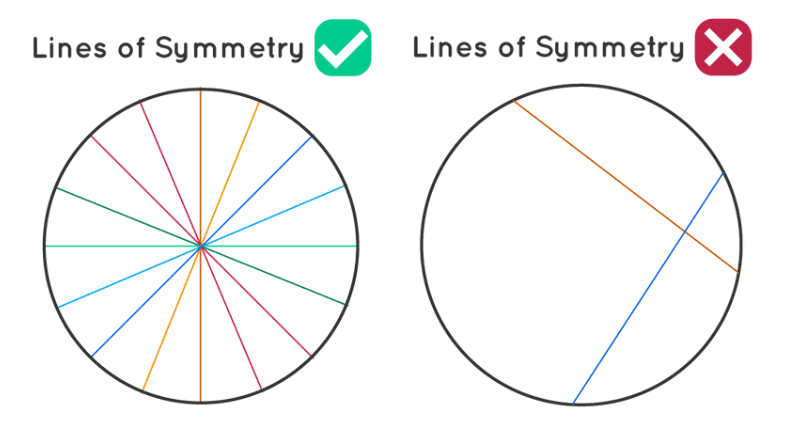
Q4. Jai sees a square rangoli with lines drawn from corner to corner and from side to side. How many lines of symmetry are there?
Answer: A square has 4 lines of symmetry: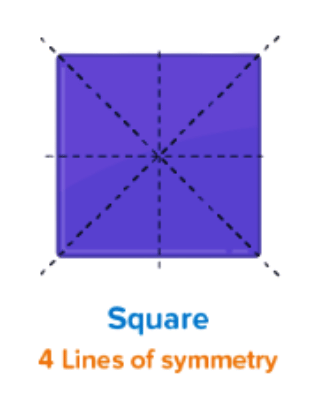
1 vertical line
1 horizontal line
2 diagonal lines (from opposite corners)
Each of these divides the square into two equal halves.
Q5. Kavya drew the letter “B” and folded it vertically. The two sides didn’t match. Does the letter B have line symmetry?
Answer: No, the capital letter B does not have vertical symmetry. Its top and bottom loops are shaped differently, so when folded along the vertical line, the two halves do not align exactly.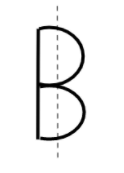
Q6. A tile has a design that looks the same when folded along a vertical line. What type of symmetry does it have?
Answer: The tile has vertical line symmetry, which means the left and right halves of the design are mirror images when folded along a vertical line passing through the center.
Q7. A heart-shaped card was folded in half to cut a design. If it opens to show two equal sides, what does this show?
Answer: This shows that the heart has one line of symmetry. When folded and cut along the center, the shape opens to reveal two identical halves, proving it is symmetrical.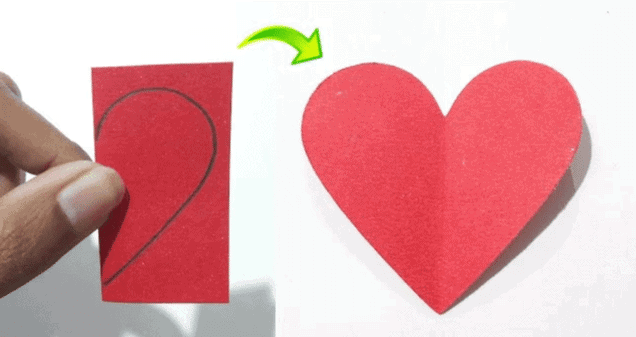
Q8. A necklace has 8 beads on the left side and a symmetrical design with beads on the right. How many beads are there in total?
Answer: Since the necklace is symmetrical, the right side also has 8 beads.
So, the total number of beads = 8 (left) + 8 (right) = 16 beads
Q9. Ali placed a mirror on one side of the letter “M”. He saw the full letter. Does “M” have mirror symmetry?
Answer: Yes, the letter M has vertical mirror symmetry. When a mirror is placed vertically in the center, the reflection completes the letter because both halves are identical.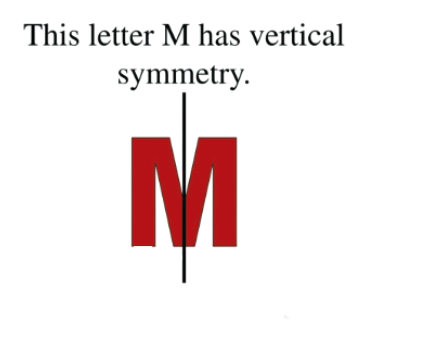
Q10. Meena folded a square paper in half and cut out half of a star shape from one side. When she opened the paper, how many star shapes did she see?
Answer: Meena saw one complete star. Since the paper was folded along the line of symmetry before cutting, the design got mirrored on the other side. This means the cut-out half got duplicated to form a full symmetrical star when the paper was opened.
|
54 videos|186 docs|14 tests
|
FAQs on Class 4 Maths Word Problems Chapter 11 Fun with Symmetry
| 1. What is symmetry in mathematics? |  |
| 2. How can we identify lines of symmetry in shapes? |  |
| 3. Can you provide examples of symmetrical objects in real life? |  |
| 4. Why is symmetry important in art? |  |
| 5. How can we create symmetrical designs in our projects? |  |
















